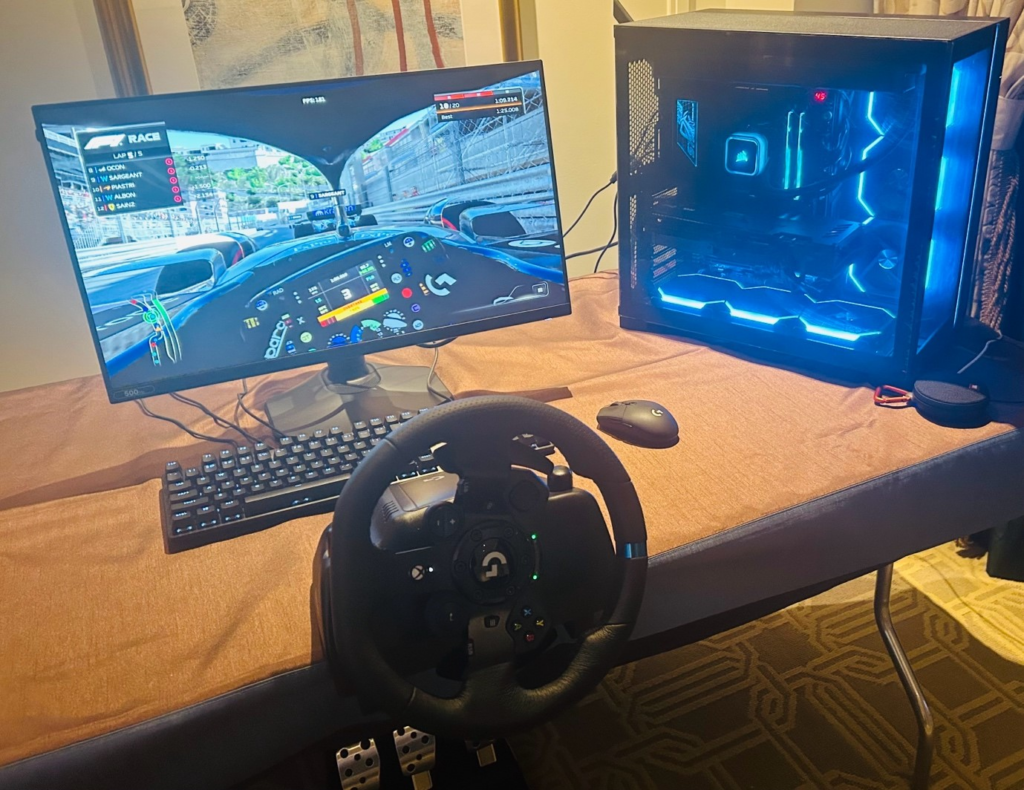The recent updates announced by the Video Electronics Standards Association (VESA) for DisplayPort 2.1a at CES 2024 are indeed noteworthy. They include significant improvements to the cable specifications and the introduction of a new Automotive Extension Services protocol. These developments are poised to enhance both consumer and automotive display applications.

The DisplayPort 2.1a update introduces a new DP54 ultra-high-bit-rate (UHBR) cable specification, replacing the previous DP40 spec. This new cable spec supports up to four-lane UHBR13.5 link rate, allowing for a maximum throughput of 54 Gbps over a two-meter passive cable. This effectively doubles the passive cable length for UHBR13.5 GPU-to-display connections compared to the older one-meter DP80 cable. This is particularly beneficial for users with gaming or workstation setups that require more flexibility in cable placement, including those using ultra-wide curved displays.
You either care about VESA standards or you don’t. We’ve seen enough iffy monitors to see the value of VESA. The update to the Adaptive-Sync Display standard brings significant improvements to DisplayPort technology. The most notable enhancement is the introduction of the UHBR13.5 cable spec, which is specifically designed to support both UHBR10 and UHBR13.5 monitors and graphics cards. This update enables longer passive cables, eliminating the previous limitation of a 1-meter DP80 cable, and provides more bandwidth support. It particularly matters for setups involving ultra-wide curved displays.
David Harold, Jon Peddie Research
Monitors enabled with UHBR13.5 can now drive high-resolution and refresh rate combinations, such as 8K2K at 240Hz or 8K4K at 120Hz over four lanes. Importantly, existing DP40 cables, which are already in circulation, have been tested and confirmed by VESA to be compliant with the new DP54 cable spec, supporting UHBR13.5 link rates. This ensures that users with existing cables can still utilize them efficiently.
Another significant advancement is the introduction of the Automotive Extension Services protocol for both DisplayPort 2.1a and the latest version of VESA’s Embedded DisplayPort (eDP), version 1.5a. This protocol extension is designed to provide support for functional safety and secure integrity and authentication for up to 16 display regions of interest in automotive displays. This standard aims to enable display safety engineers to achieve ISO 26262 ASIL-D, the highest level of electronic safety integrity. The protocol includes critical safety and security features, such as a mandatory functional safety profile for the main data path, advanced optional profiles for functional safety in the DisplayPort Aux channel, security authentication, integrity checking, and encryption of the DisplayPort Aux channel. These features are crucial for ensuring the safety and security of high-resolution interior displays in increasingly advanced and connected vehicles.

